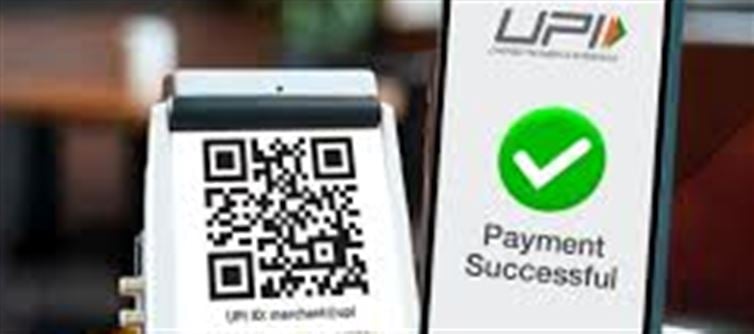
⚠️ upi safety alert: don’t make these mistakes or your bank account could be emptied
With the rise of cashless transactions, upi (unified payments interface) has become the preferred method for transferring money in india. However, cybercriminals are increasingly targeting unsuspecting users. Making careless mistakes while using upi can lead to instant financial loss. Here’s how to stay safe.
📌 1. Sharing your upi pin
Never share your upi pin with anyone, even if they claim to be from the bank.
Banks and upi apps will never ask for your pin over phone, email, or whatsapp.
Sharing your pin is the fastest way to lose money from your account.
📱 2. Clicking unknown links
Avoid clicking suspicious links sent via sms, email, or social media.
Fraudsters often use these links to steal login credentials or install malware.
Always download upi apps from official app stores and check urls carefully.
💡 3. Accepting payment requests blindly
Verify who is requesting money before approving.
Scammers often send fake payment requests resembling known contacts.
Always double-check the name, phone number, and transaction amount.
🔒 4. Using public wi-fi
Avoid making upi transactions on public or unsecured wi-fi networks.
Hackers can intercept data over open networks and steal banking information.
Use trusted, secure connections or mobile data for upi payments.
🛡️ 5. Ignoring app updates
Regularly update your upi app to the latest version.
Updates fix security loopholes and prevent unauthorized access.
Older versions are more vulnerable to cyber attacks.
✅ 6. Key takeaway
Upi is a convenient and fast payment method, but users must exercise caution. Avoid sharing your pin, clicking unknown links, or using unsecured networks. Always verify requests and keep apps updated. Following these simple steps can protect your bank account and prevent instant losses.
Disclaimer:
The views and opinions expressed in this article are those of the author and do not necessarily reflect the official policy or position of any agency, organization, employer, or company. All information provided is for general informational purposes only. While every effort has been made to ensure accuracy, we make no representations or warranties of any kind, express or implied, about the completeness, reliability, or suitability of the information contained herein. Readers are advised to verify facts and seek professional advice where necessary. Any reliance placed on such information is strictly at the reader’s own risk.
.jpg)




 click and follow Indiaherald WhatsApp channel
click and follow Indiaherald WhatsApp channel